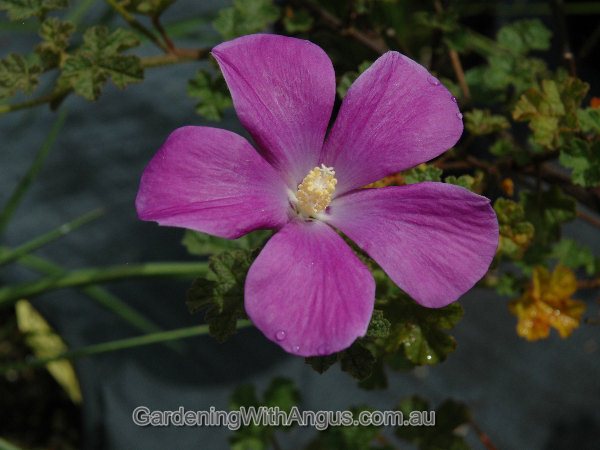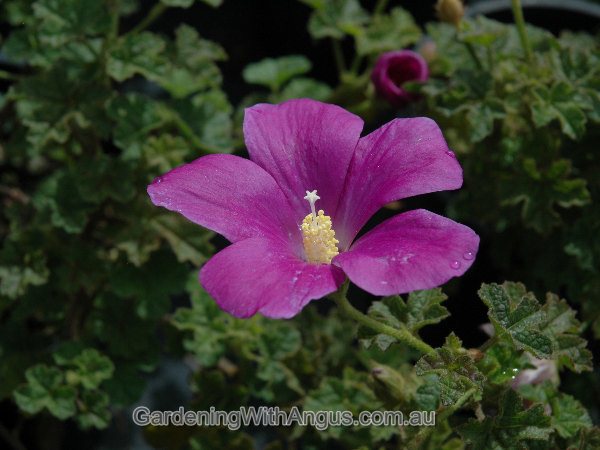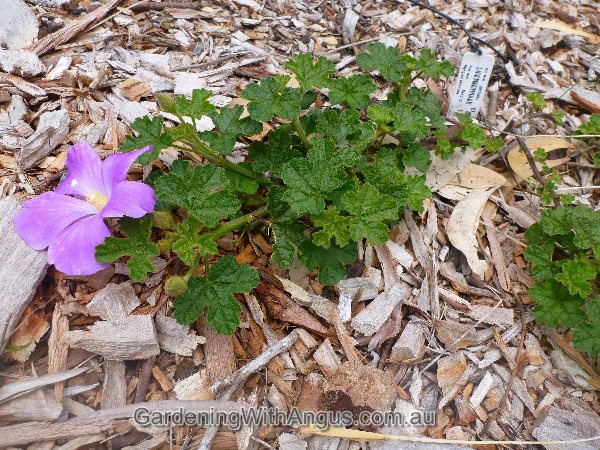Array
(
[0] => Array
(
[id] => 425
[is_published] => 1
[websiteID] => 5
[url] => /landscaping/diy-retaining-walls.php
[page_status] => Published
[number_of_ads] => 5
[can_use_editor] => 1
[last_modified_date] => 2013-09-10 00:00:00
[last_modified_by] => Alan
[checked_for_duplicate_content] =>
[title] => DIY Retaining Walls
[heading] => DIY Retaining Walls
[meta_description] => Learn about building a retaining wall for your garden. This article explains your options.
[article_category_1] => Landscaping
[article_category_2] =>
[article_category_3] =>
[article_category_4] =>
[article_category_5] =>
[business_category_1] => Landscaper
[business_category_2] => Garden Maintenance
[business_category_3] => Garden Supplies
[business_category_4] => Garden Designer
[business_category_5] => Garden Tools
[number_of_google_mrecs] =>
[show_google_ad_bottom_of_page] => 1
[show_get_quotes_top_of_page] => 1
[show_get_quotes_rhs_of_page] => 0
[show_directory_search_widget] => 1
[show_trending_content_widget] => 0
[show_facebook_widget] => 1
[show_further_reading_section] => 1
[show_sponsors_section] => 0
[show_top_article_ad] => 1
)
[1] => Array
(
[id] => 204
[is_published] => 1
[websiteID] => 5
[url] => /gardening/native-orchids.php
[page_status] => Published
[number_of_ads] => 5
[can_use_editor] => 1
[last_modified_date] => 2013-09-16 00:00:00
[last_modified_by] => Alan
[checked_for_duplicate_content] =>
[title] => Australian Native Orchids
[heading] => Australian Native Orchids
[meta_description] => Native orchids range from the spectacular epiphytic (growing on trees) and lithophytic (growing on rocks) species of the tropical jungles and warmer areas of Australia, to the intricately subtle terrestrial (growing in the ground) species found throughout the dry eucalypts forests throughout the continent.
[article_category_1] => Gardening
[article_category_2] =>
[article_category_3] =>
[article_category_4] =>
[article_category_5] =>
[business_category_1] => Landscaper
[business_category_2] => Nursery
[business_category_3] => Garden Designer
[business_category_4] => Landscape Architect
[business_category_5] =>
[number_of_google_mrecs] =>
[show_google_ad_bottom_of_page] =>
[show_get_quotes_top_of_page] =>
[show_get_quotes_rhs_of_page] =>
[show_directory_search_widget] =>
[show_trending_content_widget] =>
[show_facebook_widget] =>
[show_further_reading_section] => 1
[show_sponsors_section] => 0
[show_top_article_ad] => 1
)
[2] => Array
(
[id] => 525
[is_published] => 1
[websiteID] => 5
[url] => /gardening/how-to-prune-a-hedge-in-7-simple-steps.php
[page_status] => Published
[number_of_ads] => 3
[can_use_editor] => 1
[last_modified_date] => 2013-09-16 00:00:00
[last_modified_by] => Alan
[checked_for_duplicate_content] =>
[title] => How to prune a hedge in 7 simple steps
[heading] => How to prune a hedge in 7 simple steps
[meta_description] => This article explains how to prune a hedge in 7 simple steps.
[article_category_1] => Gardening
[article_category_2] =>
[article_category_3] =>
[article_category_4] =>
[article_category_5] =>
[business_category_1] => Landscaper
[business_category_2] => Garden Maintenance
[business_category_3] => Garden Supplies
[business_category_4] => Garden Designer
[business_category_5] => Garden Tools
[number_of_google_mrecs] =>
[show_google_ad_bottom_of_page] =>
[show_get_quotes_top_of_page] =>
[show_get_quotes_rhs_of_page] =>
[show_directory_search_widget] =>
[show_trending_content_widget] =>
[show_facebook_widget] =>
[show_further_reading_section] => 1
[show_sponsors_section] => 0
[show_top_article_ad] => 1
)
[3] => Array
(
[id] => 203
[is_published] => 1
[websiteID] => 5
[url] => /gardening/native-hibiscus.php
[page_status] => Published
[number_of_ads] => 5
[can_use_editor] => 1
[last_modified_date] => 2013-09-16 00:00:00
[last_modified_by] => Alan
[checked_for_duplicate_content] =>
[title] => Native Australian Hibiscus
[heading] => Native Hibiscus
[meta_description] => An ever increasing interest in native hibiscus has led to the horticultural development of a number of new cultivars which rival the exotic types in beauty and flower size.
[article_category_1] => Gardening
[article_category_2] =>
[article_category_3] =>
[article_category_4] =>
[article_category_5] =>
[business_category_1] => Landscaper
[business_category_2] => Nursery
[business_category_3] => Garden Designer
[business_category_4] => Landscape Architect
[business_category_5] =>
[number_of_google_mrecs] =>
[show_google_ad_bottom_of_page] => 1
[show_get_quotes_top_of_page] => 0
[show_get_quotes_rhs_of_page] => 0
[show_directory_search_widget] => 0
[show_trending_content_widget] => 0
[show_facebook_widget] => 1
[show_further_reading_section] => 1
[show_sponsors_section] => 1
[show_top_article_ad] => 1
)
)
Helpful articles
DIY Retaining Walls. Learn about building a retaining wall for your garden. This article explains your options.
Australian Native Orchids. Native orchids range from the spectacular epiphytic (growing on trees) and lithophytic (growing on rocks) species of the tropical jungles and warmer areas of Australia, to the intricately subtle terrestrial (growing in the ground) species found throughout the dry eucalypts forests throughout the continent.
How to prune a hedge in 7 simple steps. This article explains how to prune a hedge in 7 simple steps.
Native Hibiscus. An ever increasing interest in native hibiscus has led to the horticultural development of a number of new cultivars which rival the exotic types in beauty and flower size.
Plant description
Alyogyne 'Blue Heeler' features gorgeous purple Hibiscus-like flowers and interestingly textured foliage on a low mounding shrub that flowers for many months of the year. Use it as a feature plant for rockeries or towards the front of a shrubbery, while it also makes an outstanding pot plant for sunny balconies and courtyards. Give it a light trim after a heavy flush of flowers.
Further reading: Native Hibiscus (an article written by native plant expert Angus Stewart).
Additional plant information
Flowers
Flower colour: Purple
Flowering season: spring summer
Plant size
Maximum height: 0.5 metres
Minimum height: 0.3 metres
Maximum width: 1 metres
Minimum width: 0.5 metres
Sunlight, frost & salt tolerance
This plant will tolerate full or partial sunlight.
Light frost tolerance.
Plant is salt tolerant.
Fauna attracting?
Yes. Attracts: Butterflies.
Climate
This plant species will grow in the following climates: temperate, arid.
Soil types & conditions
Loam: dry, moist, well-drained.
Clay: not specified.
Sand: dry, moist, well-drained.
Soil pH: 5.5-6.5
Miscellaneous information
Native to: Australia.
Planting season: autumn or spring.
Types of fertiliser: Low phosphorus Australian plant fertiliser.
Find a nursery
Search for another plant



